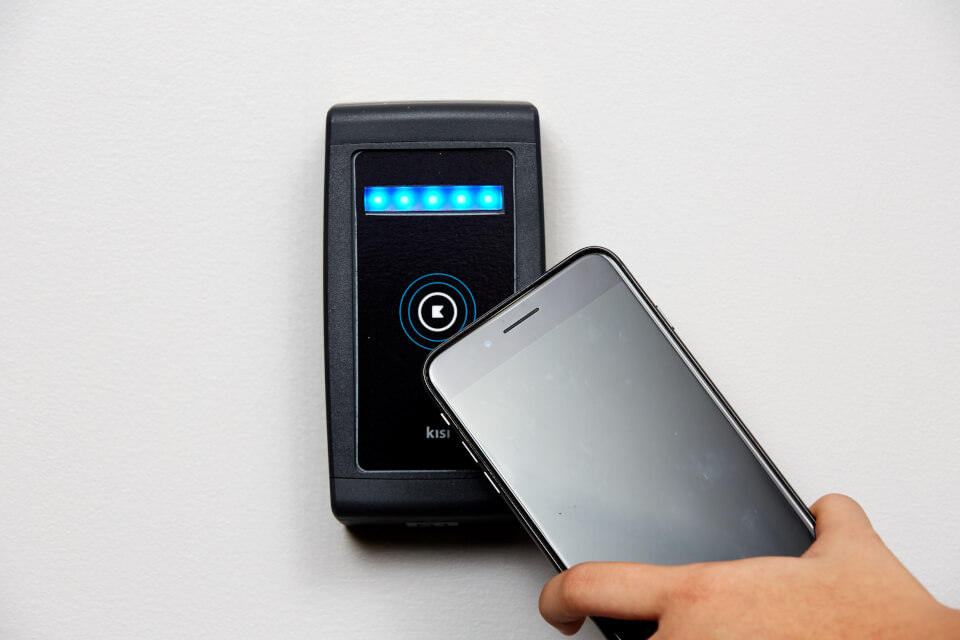
Security is a significant and growing concern for businesses of all sizes – one solution that many are now turning to is the hybrid access control system. This innovative technology combines hardware, software, and authentication systems to ensure maximum security on your premises.
Suppose you want to secure your property but need to become more familiar with how a hybrid access control system works or the associated benefits. In that case, this article will explain everything you need to know. Let’s start by exploring the components that make up a typical hybrid access control system setup and why it offers adequate protection against potential threats.
Hardware components

Regarding access control systems, hardware ensures security and peace of mind. From secure locks and entry readers to access cards, every piece of hardware serves its unique purpose, providing added safety and protection for any environment. Beyond the myriad of secure locks, electronic door handles, deadbolts, and access control cards, one must also consider which authentication methods should be used with the system.
Both biometric and non-biometric authentication are excellent options, but both involve careful examination before making a final decision. Invoking the right combination of hardware components and software can lay the foundation for a robust security system that will remain dependable for years.
Software
Software has become essential in today’s world, providing a range of ways to improve security for premises. The software is fundamental in managing and organizing entryways in access control systems. From straightforward log-in credentials to complex cryptograms, the software can be programmed with all instruction sets, granting only authorized personnel access to sensitive areas.
For example, multi-factor authentication systems combine data from physical means such as a keycard ID with biometric attributes like a fingerprint scan or facial recognition technology. With the right software, creating an environment that effectively monitors incoming and outgoing traffic while protecting valuable data systems is possible.
Authentication

Authentication is a critical component of any secure access control solution. It confirms an individual’s identity and that they are authorized to access specific resources or information. Authentication can be achieved through several approaches, including using passwords and PINs, biometric identification such as fingerprint scans, and more advanced options like two-factor authentication.
These methods verify user identities and serve as effective security measures that can better protect vital data from unauthorized access. The digital world we live in necessitates authentication to ensure user safety and the safe handling of sensitive information.
Benefits of a hybrid access control system
Hybrid access control systems provide businesses with an additional layer of security and convenience. These systems combine the flexibility of digital authorization and authentication processes with physical control over access points, creating an invaluable tool for protecting a location and its information. By enabling customizable levels of access, hybrid access control systems can be tailored to accommodate different organizational needs.
Additionally, these systems minimize the risk of compromising credentials, as multiple layers must be satisfied before gaining access to a building or information. Finally, onsite personnel can quickly identify issues due to their enhanced visibility over all areas where digital or physical authorization is required. For these reasons, a hybrid approach is increasingly becoming the preferred choice in access control security solutions.
Why choose a hybrid access control system?

Hybrid access control systems have become increasingly popular over the past few years thanks to the impressive array of advantages they bring to the table. For starters, hybrid systems offer a broad scope of authentication methods that can be adjusted based on user requirements and risk levels, allowing for an overall better user experience when accessing premises or other facilities.
Furthermore, the scalability of such systems makes them ideal for any environment that may require additional levels of security across vast areas or multiple buildings. Lastly, hybrid access control systems provide traditional entry points and digital approaches that take advantage of technological advances such as facial recognition, making it easier to adapt to ever-evolving modern technologies while still providing optimum security. All in all, there is no doubt that hybrid access control systems are a great choice.
In conclusion
Hybrid access control systems provide secure and reliable access solutions for various environments. By combining physical methods with digital authentication processes, these systems can ensure secure entry while providing users with enhanced convenience. With their broad range of benefits and scalability, they offer a secure access control solution suited for any business or organization.
A well-implemented hybrid access control system can protect areas from unauthorized entry and help reduce the risk of data breaches and other external threats. As such, organizations must consider implementing hybrid systems as part of their security setup to guard against unwanted intrusion.








